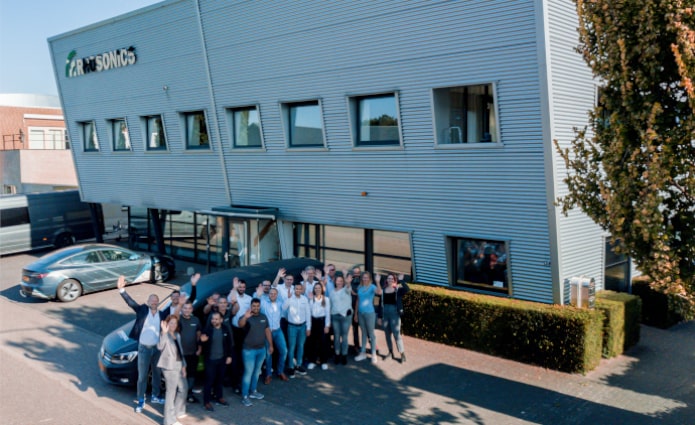KOH
The production of KOH involves either electrolysis of potassium chloride or boiling a solution of potassium carbonate (potash) with calcium hydroxide (slaked lime). This process leads to a metathesis reaction, resulting in the formation of calcium carbonate and leaving potassium hydroxide in the solution. When dissolved in water or alcohol, KOH forms a strong alkaline solution with almost the same properties as NaOH.
Potassium hydroxide, also known as caustic potash, potash lye, or potassium hydrate, is a caustic metallic base with a high conductivity range. Numerous industries, including those specializing in petroleum and natural gas refinement, use KOH to remove organic acids and sulfur compounds. It is also used in the production of biodiesel and soft soaps.
Rhosonics has developed two highly accurate ultrasonic analyzers for KOH applications: the CCM 8500 and CDM 9680. Both analyzers measure the velocity of sound with a high degree of accuracy in real-time, allowing for the determination of actual concentration in a wide concentration and temperature range. The CDM 9680 has additional features, including the ability to measure density and the amount of solids.
product choice for this application
Get in touch with Rhosonics for further information about chemical concentration or density control. If you want to learn more about our applications, then please also check our client cases and webinars.
Want to have frequent updates on our products? Then please subscribe to our newsletter or follow us on our social media accounts at LinkedIn and Facebook.



